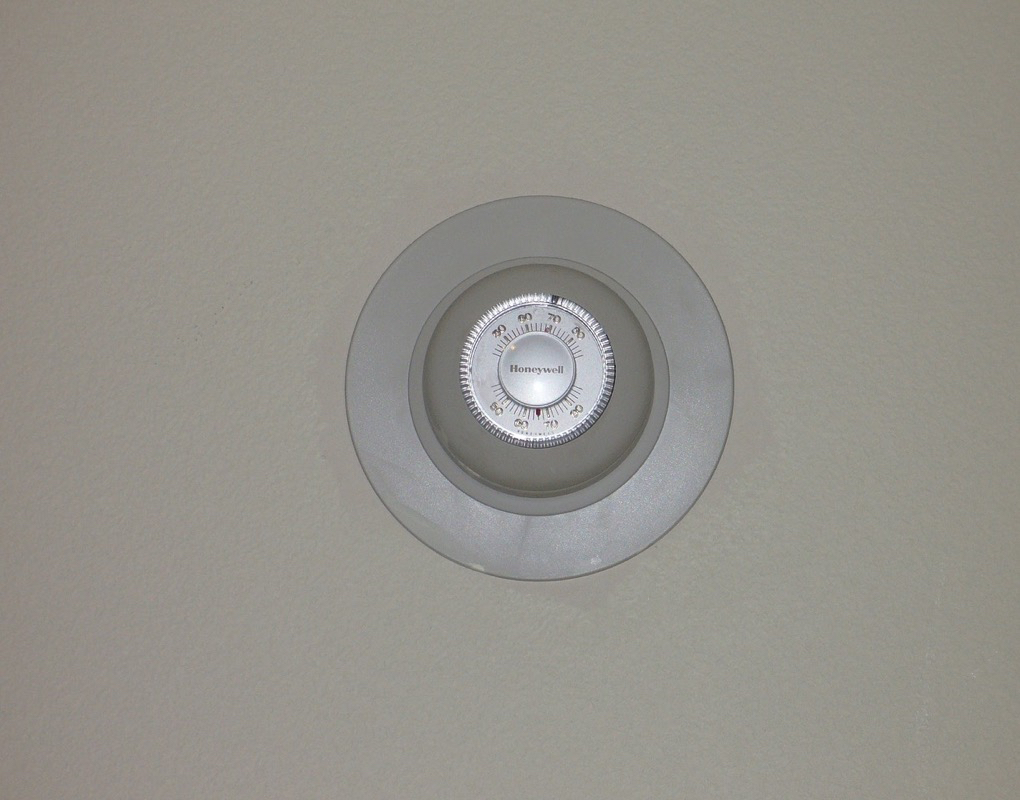I’ve started to get into smart connected devices lately. They’re these common household objects — everything from garage doors to kitchen appliances to light bulbs — made “smarter” with embedded hardware and software which talks wirelessly to phones or compatible smart hubs. They are the beginnings of our oft-cited, yet-to-be-realized vision of the Internet of Things (IoT).
In our case, we’re dipping our toes into the smart waters with a Canary security camera system and a Nest thermostat1. Unsurprisingly, they both make good use of smartphone apps and cloud-based accounts, though it has me a bit worried for their longevity.
Let’s step back for a moment. Benedict Evans — a generally smart guy who works for a VC firm and has good insight into the tech industry — has this metaphor where the smartphone is the sun in our current solar system of computing devices. His point is that all the interesting advances in both hardware and software are currently being pushed forward by the smartphone. This is built on the back of a blistering cadence of iteration. Phones are now released on a yearly cycle: both hardware and software refresh on an annual basis.
New devices will be using the hardware components made possible by smartphones. In particular, batteries and CPUs and wireless radios have gotten small enough that they’re enabling an entire set of handheld-size products that do one or two things really well; smartphone hardware logistics makes IoT possible. And although there are new developments mobile hardware all the time, the innards of devices are typically powerful enough to perform its tasks. New hardware is usually unnecessary as long as the device continues to function.
The software side, however, is more ominous. The vast majority of smart products use the smartphone as an interface device, and come with apps which house its settings as well as maintain the components’ status. Supposing that the software on the device will be forever compatible with its hardware, there is still a major problem: whether that software will stay compatible with your controller. That is, would your third phone, 6 years later, still be able to talk with your devices?
Companies don’t have much incentive to support their older tech products, particularly hardware that they sold years ago. Apps that ran on old phones and talked with an old IoT device will likely just be deprecated, unable to run as mobile operating systems and standards upgrade. This is not a theoretical concern either; game companies have stopped updating some of their older games to be iOS9 compatible. I suppose it’s possible to an old phone around just as a dedicated controller to old IoT components, but that sacrifices a lot of the convenience and attraction of IoT in the first place.
The alternative, of course, is to move smart things into the phone’s upgrade cycle. Smartwatches are basically following this strategy, although there’s definitely some awkwardness with the speed of technology versus the timelessness of luxury watches. For things around the home, however, faster upgrades are just not realistic. As funny as it is to hear about someone having problems between their cloud calendar and their fridge, the underlying tension is how long the software updates will continue before said fridge will stop connecting altogether.
One side benefit of having tech companies start to drive home devices is that the hardware is much better designed than the traditional fare.↩



